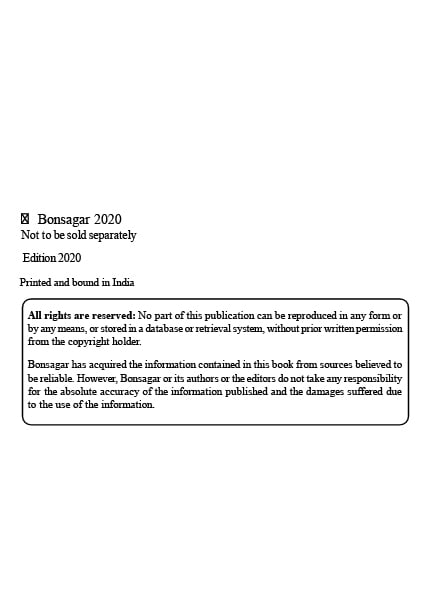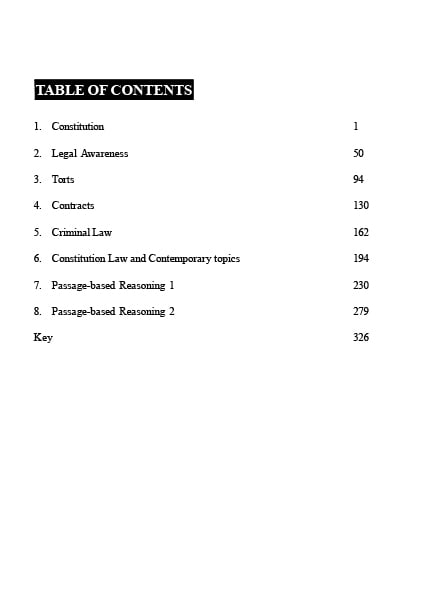
A Comprehensive Guide to CAT Grooming Tips
A Comprehensive Guide to CAT Grooming Tips
Introduction:
The Common Admission Test (CAT) is a highly competitive examination that opens the gateway to prestigious management institutes in India. Aspirants aiming to crack CAT need more than just academic prowess; they require a strategic approach and effective grooming. This article delves into essential CAT grooming tips, providing a comprehensive guide to help aspirants navigate through the challenges of this demanding entrance exam.
Understanding the CAT Exam:
CAT is known for its rigorous testing of candidates across various sections, including Verbal Ability and Reading Comprehension (VARC), Data Interpretation and Logical Reasoning (DILR), and Quantitative Ability (QA). The first step in CAT grooming is understanding the exam pattern, syllabus, and marking scheme. This knowledge forms the foundation for effective preparation.
Time Management:
CAT is not just about answering questions correctly but also about managing time efficiently. Time is a precious resource during the exam, and aspirants must learn to allocate it wisely across sections. Regular practice through mock tests helps in improving time management skills and enhances the ability to prioritize questions based on difficulty levels.
Strategic Sectional Approach:
While each section is important, having a strategic approach to tackle them is crucial. Identify your strengths and weaknesses in VARC, DILR, and QA. Devote more time to areas where you need improvement, but do not neglect your strengths. A balanced sectional approach ensures that you are well-prepared for all components of the exam.
Strengthening Verbal Ability and Reading Comprehension:
VARC is a critical section that assesses language skills and reading comprehension. To groom for this section, focus on enhancing vocabulary, grammar, and critical reading abilities. Regular reading of diverse materials such as newspapers, magazines, and novels can significantly improve comprehension skills. Engage in the process of solving past years’ question papers as a method to grasp the exam structure and familiarize yourself with the various question formats.
Mastering Data Interpretation and Logical Reasoning:
DILR requires logical thinking and analytical skills. Grooming for this section involves practicing a variety of puzzles, charts, graphs, and logical reasoning exercises. Develop a systematic approach to solve complex problems within the given time frame. Regular practice with different types of questions helps in building confidence and accuracy.
Sharpening Quantitative Ability Skills:
QA is often considered the most challenging section by many CAT aspirants. Grooming for QA involves strengthening mathematical concepts and practicing a wide range of quantitative problems. Brush up on basic mathematical formulas and concepts, and gradually move on to advanced topics. Speed and accuracy are crucial in QA, so focus on developing mental calculations to save time during the exam.
Mock Tests and Analysis:
One of the most effective grooming tips for CAT is the regular practice of mock tests. Mock tests simulate the actual exam environment and help aspirants evaluate their preparation levels. Analyzing mock tests provides insights into strengths and weaknesses, allowing candidates to fine-tune their strategies. Use mock tests not only for practice but also as a tool for self-assessment and improvement.
Revision and Consolidation:
Grooming for CAT is an ongoing process that requires consistent effort. Regular revision of concepts and topics is essential to reinforce learning. Create a revision schedule that covers all sections, focusing on weak areas. Consolidate your understanding of different topics and ensure that you are well-prepared for any surprises the exam might throw at you.
Adopting a Positive Mindset:
CAT is not just a test of knowledge; it’s a test of mental strength and resilience. Grooming for CAT includes developing a positive mindset to handle stress and pressure effectively. Maintain your motivation, have faith in your capabilities, and tackle the exam with a sense of assurance. Positive thinking not only enhances performance but also enables better problem-solving during the exam.
Seeking Professional Guidance:
For effective CAT grooming, consider seeking guidance from experienced mentors or joining coaching institutes. Professional guidance can provide valuable insights, personalized strategies, and expert tips to navigate the complexities of the CAT exam. Joining a coaching program or attending workshops can complement self-study efforts and enhance overall preparation.
Conclusion:
Finally, CAT grooming is a holistic process that involves a combination of strategic planning, focused preparation, and a positive mindset. By understanding the exam pattern, managing time efficiently, adopting a sectional approach, and practicing regularly through mock tests, aspirants can significantly improve their chances of success. Remember, CAT is not just about answering questions; it’s about mastering the art of problem-solving and showcasing your aptitude for management studies. With dedication and the right grooming, you can confidently stride towards achieving success in the Common Admission Test.




